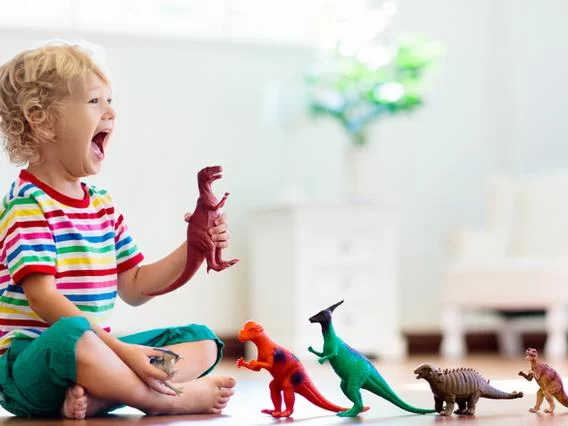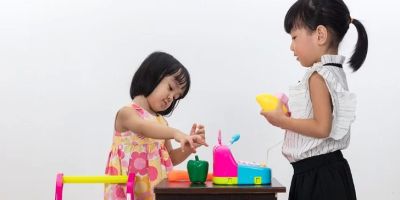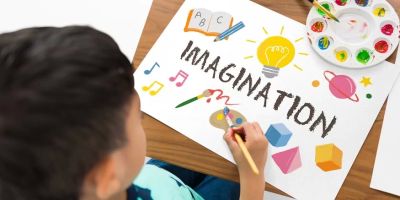
- Why Teach Kids About Emotions?
- The Importance of Emotional Intelligence for Children
- Best Toys to Teach Kids About Emotions
- How to Choose the Right Toys for Emotional Development
- Case Study: Teaching Emotions Through Play
Why Teach Kids About Emotions?
Teaching children about emotions is a fundamental part of their early development. As they grow, it’s essential to help them recognize, express, and regulate their feelings. Understanding emotions can lead to better social interactions, healthier relationships, and improved mental health throughout their lives. Without emotional education, children may struggle to navigate social situations, leading to frustration or behavioral issues.
Introducing kids to emotions early helps them develop empathy, learn to communicate effectively, and manage their emotional responses. This is where toys designed to teach emotions come in. These toys play a crucial role in providing interactive and fun ways for children to explore and understand their feelings.
The Importance of Emotional Intelligence for Children
Emotional intelligence (EQ) refers to the ability to recognize, understand, and manage our emotions, as well as the emotions of others. For children, emotional intelligence can help with conflict resolution, positive peer relationships, and overall well-being. Research has shown that children with high emotional intelligence tend to perform better academically, experience less stress, and have more satisfying friendships.
To build emotional intelligence in kids, it’s essential to incorporate learning about emotions in a way that feels natural and engaging. This is why toys that teach kids about emotions and feelings are so valuable—they provide a safe space for children to experiment with different emotional scenarios and learn how to navigate them in a non-threatening way.
Best Toys to Teach Kids About Emotions
When looking for toys that teach emotions, it’s important to choose ones that encourage emotional expression and offer opportunities for role-playing and reflection. Here are some of the best types of toys for helping kids understand and manage their emotions:
Emotion Cards and Boards
Emotion cards are a simple yet effective way to introduce children to different feelings. These cards often feature faces that show various emotions like happiness, sadness, anger, and surprise. Children can use them to identify how they’re feeling and relate to others. Some sets also come with activities or prompts that guide children to reflect on situations that trigger certain emotions.
Dolls and Figurines for Role-Playing
Dolls and action figures are another great tool for teaching emotions. Children can engage in role-play scenarios, using the dolls to express different feelings and practice emotional responses. For example, a child might use a doll to simulate a conflict and then practice resolving it using calming strategies. This helps develop empathy and social skills while encouraging emotional expression.
Board Games for Emotional Learning
Some board games are designed specifically to help kids understand emotions. These games may include scenarios that require children to identify emotions, discuss them, and explore how to handle challenging situations. Games like "Feelings in a Box" or "The Emotion Explosion" can turn learning about emotions into a fun and interactive experience, making it easy for kids to absorb important emotional lessons.
How to Choose the Right Toys for Emotional Development
When choosing toys to help children develop emotional intelligence, consider the following factors:
- Age Appropriateness: Ensure that the toys are suitable for your child's age. Younger children might benefit from toys with simple emotions like happy or sad, while older children can handle more complex feelings and scenarios.
- Engagement: Choose toys that are interactive and require the child’s involvement, like dolls or games that encourage active play.
- Educational Value: Look for toys that encourage children to reflect on their emotions, helping them articulate their feelings in various situations.
At Knight Toys, we offer a curated selection of emotional development toys that foster emotional growth in children. These toys are designed to be both educational and fun, giving children the tools they need to build emotional intelligence in a playful, engaging way.
Case Study: Teaching Emotions Through Play
One of our customers, Sarah, shared how using emotion cards with her 4-year-old son helped him understand his emotions better. Initially, her son had difficulty expressing how he felt, often resorting to tantrums when frustrated. However, after incorporating emotion cards into their daily routine, he started to point to the cards when he felt upset or happy, learning to identify and name his feelings.
This simple yet effective tool allowed Sarah to guide her son in discussing his emotions in a calm and constructive manner. Sarah believes that using toys that teach emotions helped her son gain confidence in managing his feelings and improved his ability to communicate with others, especially in social settings.
This case highlights the power of toys in teaching children valuable emotional skills. Whether through cards, dolls, or role-playing games, these toys can make a significant impact on a child’s emotional development.





